Entities applying for federal tax-exempt status should know the following:
Organized and operated. To qualify for tax-exempt status under Code Sec. 501(c)(3), an entity must be organized and operated exclusively for an exempt purpose. The statutory exempt purposes are: charitable, religious, educational, scientific, literary, testing for public safety, fostering national or international amateur sports competition, or preventing cruelty to children or animals.
Organizational test. To satisfy the organizational test, an entity must be organized as a corporation, a limited liability company (LLC), an unincorporated association, or a trust. Its organizing document (corporate articles of incorporation, LLC articles of organization, articles of association or constitution of an unincorporated association, trust agreement or declaration of trust) must limit the organization’s purpose(s) to one of the statutory exempt purposes and permanently dedicate its assets to those purposes with a proper dissolution clause.
Note. The instructions for Form 1023, Application for Recognition of Exemption under Section 501(c)(3) of the Internal Revenue Code provide examples of both an acceptable purpose clause and acceptable dissolution clause.
Operational test. To satisfy the operation test, an organization must show that it will be operated to further one or more of the exempt purposes stated in its organizing document. In addition, the organization must show that it will:
- Absolutely refrain from participating in the political campaigns of candidates for local, state, or federal office;
- Ensure its assets and earnings don’t unjustly enrich board members, officers, key management employees, or other insiders;
- Not further nonexempt purposes (such as purposes that benefit private interests) more than insubstantially;
- Not operate for the primary purpose of conducting a trade or business that isn’t related to its exempt purpose(s);
- Not engage in activities that are illegal or violate fundamental public policy; and
- Limit its legislative activities.
Applying for tax-exempt status. Organizations apply for Code Sec. 501(c)(3) tax-exempt status using a Form 1023 application. There are two applicable forms:
Form 1023, Application for Recognition of Exemption under Section 501(c)(3) of the Internal Revenue Code, and
Form 1023-EZ, Streamlined Application for Recognition of Exemption Under Section 501(c)(3) of the Internal Revenue Code.
Note. Both Form 1023 and Form 1023-EZ must be filed electronically. However, gathering all the required information and filing in a paper form may help with completing the form online.
Note. Only certain organizations are eligible to use Form 1023-EZ to apply for tax exemption. An organization must use the 1023-EZ Eligibility Worksheet to determine its eligibility to use Form 1023-EZ.
The application process. Here are some key things to know about the tax-exemption application process.
- The application process page on IRS.gov provides a step-by-step instructions on how to apply for tax-exempt status.
- Applications for exemption must be submitted electronically at Pay.gov. (Search for Form 1023 to find both Form 1023 and Form 1023-EZ).
- The application must be complete and include the user fee. For 2022, the user fee for Form 1023 is $600. The user fee for Form 1023-EZ is $275.
- Some types of organizations don’t need to apply for exempt status to be tax-exempt. These include churches and their integrated auxiliaries, and public charities that normally have $5,000 or less of annual gross receipts.
- Every tax-exempt organization must have an Employer Identification Number (EIN), even if it doesn’t have any employees, and must include its EIN on its application for tax exemption. Organizations can apply online to get an EIN.
Note. An employer identification number is a nine-digit number the IRS assigns to entities, such as corporations and limited liability companies, for tax filing and reporting purposes.
- The effective date of an organization’s tax-exempt status depends on when it filed its application for exemption. If the organization submits its application for exemption within 27 months of the date it was organized, the effective date of its exempt status is its date formation. If an organization doesn’t submit its application within those 27 months, the effective date of its exempt status is the date it submits its exemption application (Form 1023 or Form 1023-EZ).
- Once the IRS determines an organization qualifies for tax-exempt status under the law, it will be classified as a private foundation unless the organization meets the requirements to be treated as a public charity.
- A charitable organization must make certain documents available to the public. These include its approved application for exemption with all supporting documents and its last three annual information returns. See IRS Publication 557, Tax Exempt Status For Your Organization, for additional information on public inspection requirements.
Note. Generally, organizations that are classified as public charities are those that:
- Are churches, hospitals, qualified medical research organizations affiliated with hospitals, schools, colleges and universities, etc;
- Have an active program of fundraising and receive contributions from many sources, including the general public, governmental agencies, corporations, private foundations or other public charities;
- Receive income from the conduct of activities in furtherance of the organization’s exempt purposes; or
- Actively function in a supporting relationship to one or more existing public charities.
Source: Checkpoint Newsstand 6/16/22


.png)



